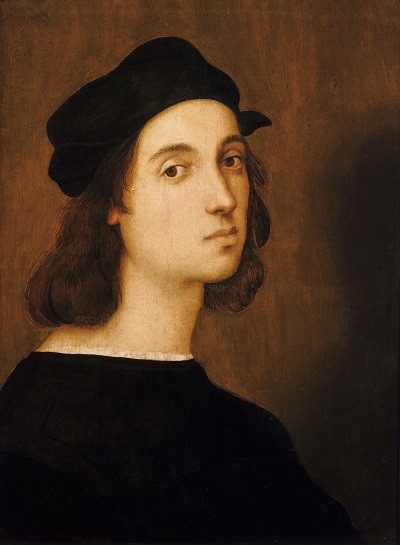Raffaello Sanzio (1483-1520) a leading figure of Italian High Renaissance classicism, Raphael is best known for his "Madonnas," including the Sistine Madonna, and for his large figure compositions in the Palace of the Vatican in Rome, Raffaello Sanzio (1483-1520) Italian Renaissance painter and architect Raphael was born Raffaello Sanzio on April 6, 1483, in Urbino, Italy. At the time, Urbino was a cultural center that encouraged the Arts. Raphael’s father, Giovanni Santi, was a painter for the Duke of Urbino, Federigo da Montefeltro.
Raffaello Sanzio (1483-1520) a leading figure of Italian High Renaissance classicism, Raphael is best known for his "Madonnas," including the Sistine Madonna, and for his large figure compositions in the Palace of the Vatican in Rome, Raffaello Sanzio (1483-1520) Italian Renaissance painter and architect Raphael was born Raffaello Sanzio on April 6, 1483, in Urbino, Italy. At the time, Urbino was a cultural center that encouraged the Arts. Raphael’s father, Giovanni Santi, was a painter for the Duke of Urbino, Federigo da Montefeltro.
In 1494, when Raphael was just 11 years old, Giovanni died. Raphael then took over the daunting task of managing his father’s workshop. As a teen, he was commissioned to paint for the Church of San Nicola.
In 1504, Raphael left his apprenticeship with Perugino and moved to Florence, where he was heavily influenced by the works of the Italian painters Fra Bartolommeo, Leonardo da Vinci, Michelangelo and Masaccio. From 1504 through 1507, Raphael produced a series of "Madonnas," which extrapolated on Leonardo da Vinci's works. Raphael's experimentation with this theme culminated in 1507 with his painting, La belle jardinière. Raphael moved to Rome in 1508 to paint in the Vatican "Stanze" ("Room"), under Pope Julius II’s patronage. From 1509 to 1511, Raphael toiled over what was to become one of the Italian High Renaissance’s most highly regarded fresco cycles, those located in the Vatican's Stanza della Segnatura ("Room of the Signatura").
By 1514, Raphael had achieved fame for his work at the Vatican and was able to hire a crew of assistants to help him finish painting frescoes in the Stanza dell’Incendio, freeing him up to focus on other projects. While Raphael continued to accept commissions -- including portraits of popes Julius II and Leo X -- and his largest painting on canvas, The Transfiguration(commissioned in 1517), he had by this time begun to work on architecture. After architect Donato Bramante died in 1514, the pope hired Raphael as his chief architect. Under this appointment, Raphael created the design for a chapel in Sant’ Eligio degli Orefici. He also designed Rome’s Santa Maria del Popolo Chapel and an area within Saint Peter’s new basilica.
Raphael’s architectural work was not limited to religious buildings. It also extended to designing palaces.
On April 6, 1520, Raphael’s 37th birthday, he died suddenly and unexpectedly of mysterious causes in Rome, Italy. He had been working on his largest painting on canvas, The Transfiguration (commissioned in 1517), at the time of his death. When his funeral mass was held at the Vatican, Raphael's unfinished Transfiguration was placed on his coffin stand. Raphael’s body was interred at the Pantheon in Rome, Italy.
